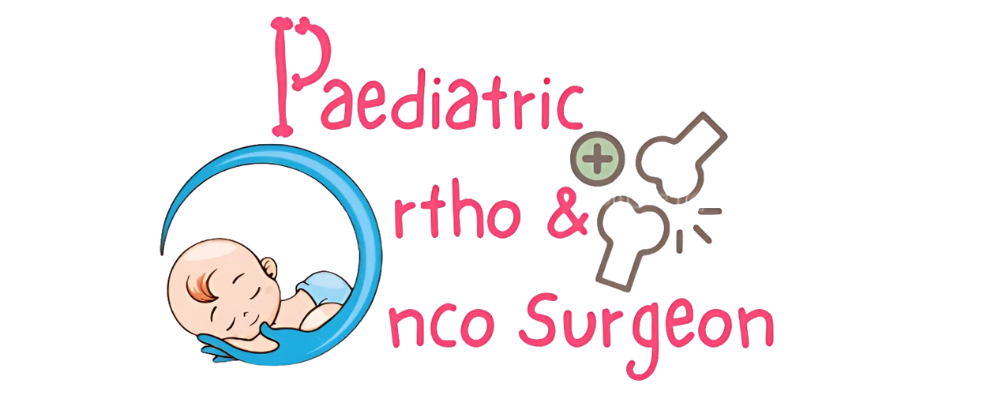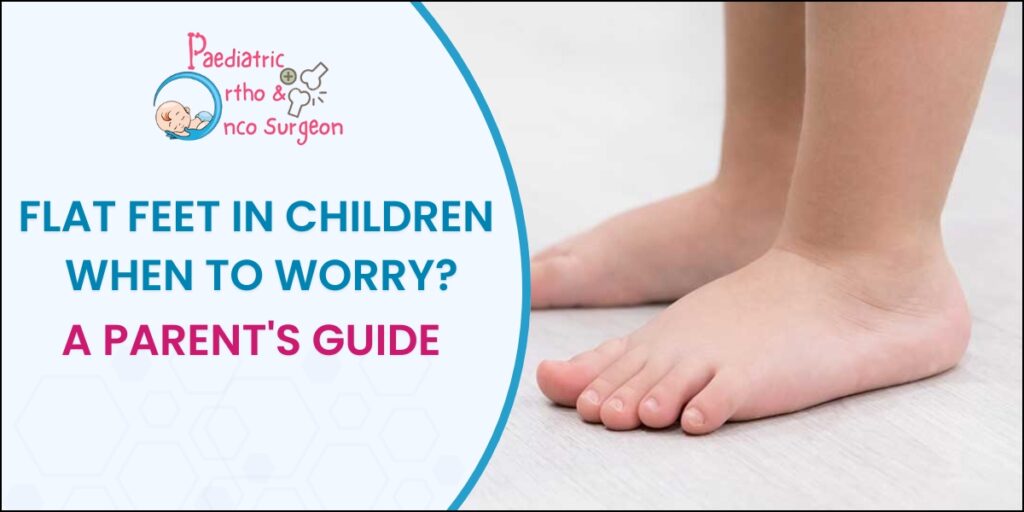Flat Feet in Children: When to Worry? A Parent’s Guide
Noticing that your child’s feet are flat on the ground is a common concern for many parents. You might wonder if it will affect their ability to run, play, or cause pain later in life. The good news is that in most cases, flat feet in children are a normal part of development and nothing to lose sleep over. What Are Flat Feet (Pediatric Pes Planus)? Flat feet, medically known as pes planus, mean that the arches on the inside of the feet are flattened, causing the entire sole to touch the floor when standing. Almost all babies are born with flat feet. Arches typically develop throughout childhood, often becoming visible by age 6. However, some children never develop a full arch, and this is often perfectly normal. Flexible vs. Rigid Flat Feet: Knowing the Difference The key to understanding when to worry lies in distinguishing between the two main types: Flexible Flat Feet: This is the most common type. When the child is sitting or not bearing weight, an arch is visible. The arch disappears when they stand up. Flexible flat feet are usually painless and do not interfere with walking or sports. Rigid Flat Feet: In this less common condition, no arch is present whether the child is standing or sitting. This can be due to an underlying issue with the foot bones and is more likely to cause pain or limit movement. When Should You Actually Worry About Flat Feet? Foot Pain, Cramping, or Tenderness: Any complaint of pain in the feet, ankles, or heels. Avoiding Physical Activities: If your child seems reluctant to run, play, or keep up with peers due to discomfort. Stiffness or Limited Movement: Difficulty moving the foot up and down or side to side. Tripping or Falling Frequently: Issues with balance and coordination that seem related to the feet. Uneven Shoe Wear: One side of the sole wears down significantly faster than the other. The Condition is Asymmetrical: One foot is flat while the other has a normal arch. If you notice any of these red flags, seeking advice from an expert like Dr. Vinod Dubey can provide clarity and peace of mind. What Are the Treatment Options? For the majority of children with flexible flat feet who are not in pain, no treatment is necessary. Observation is often the best approach. If treatment is required due to pain or stiffness, a specialist may recommend: Supportive Footwear: Shoes with good arch support and a firm heel. Stretching Exercises: To improve flexibility and strength in the calf and foot muscles. Physical Therapy: To address gait issues and strengthen supporting muscles. Orthotic Inserts: Custom-made or over-the-counter arch supports can help relieve pain by providing better support. Surgery: This is very rare and only considered for severe, painful rigid flat feet that do not respond to any other treatments. Expert Care for Your Child’s Steps If you have concerns about your child’s foot development or they are experiencing pain, don’t hesitate to seek expert advice. Early intervention can prevent future complications and ensure your child stays active and happy. Dr. Vinod Dubey, a renowned pediatric orthopedic doctor in Mumbai and Thane, specializes in diagnosing and managing childhood musculoskeletal conditions like flat feet. With a focus on conservative and effective care, he provides trusted guidance for families across the region. For expert consultation on flat feet treatment in Thane and Mumbai, schedule an appointment to ensure the best foot health for your child. Frequently Asked Questions (FAQs) 1. Do kids outgrow flat feet? Most children outgrow flexible flat feet as their arches develop naturally by age 6-10. Some, however, retain flexible flat feet into adulthood without any issues. 2. Are flat feet in children a disability? No, in the vast majority of cases, flat feet are not a disability. They are a normal anatomical variation. Only in rare, severe cases that cause significant pain and functional limitation could it be considered. 3. What exercises are good for flat feet? Simple exercises like heel cord stretching, toe raises, and picking up marbles with the toes can help strengthen foot muscles and improve flexibility. 4. What type of shoes are best for a child with flat feet? Look for sturdy, supportive shoes with a firm heel counter, good arch support, and a flexible sole. Avoid flimsy, unsupportive footwear. 5. When is surgery needed for pediatric flat feet? Surgery is an absolute last resort, reserved for rigid flat feet caused by a bone fusion or severe deformity that causes persistent pain and does not improve with conservative treatments.
Flat Feet in Children: When to Worry? A Parent’s Guide Read More »

